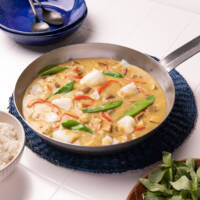
Canada boasts some of the world's most pristine coastlines, including along British Columbia and the Atlantic provinces. It's from these cold, clean, nutrient-rich waters that our nation's renowned oysters are harvested from wild populations and carefully tended farms. Depending on their origins, oysters go by various names, such as Pacific oysters from British Columbia or the celebrated Atlantic oysters from New Brunswick, Nova Scotia, Prince Edward Island, Newfoundland, and Quebec.
Oysters have an irregularly shaped shell protecting a tender mollusk inside. The taste? It's like a kiss from the ocean—a blend of salty, briny, and sweet, with subtle variations in flavour depending on their region of origin; the term for these differences is meroir. Some describe it as tasting the essence of the sea itself. They're often enjoyed raw right on the half-shell, garnished with just a splash of lemon or with a dab of hot sauce, though they're versatile enough to be cooked in various recipes. You might even find one waiting in a Bloody Caesar, a coming together of two quintessential Canadian taste experiences.




Canadian shrimp come primarily from the North Atlantic and typically grow up to 10cm in length. Their compact size and great taste make them ideal for salads, wraps, and snacking.
Excellent source of Vitamin B12
Maintains healthy skin
Supports the immune system

Featured Recipe:
Shrimp Salad Fresh Rolls

One of Canada’s tastiest freshwater fish, the fillets are excellent for pan-searing but also firm enough for the barbecue.
Good source of vitamin D
Source of protein
Helps with tissue formation

Featured Recipe:
Crispy BLTTs with “Ultimate” Sauce

Sometimes called “ocean perch,” this Atlantic fish is moist and lean, flakes nicely on a fork, and delivers a hint of sweetness.
Source of choline, a building block for neurotransmitters
Helps with energy metabolism
Excellent source of Vitamin B12

Featured Recipe:
Cod Green Curry